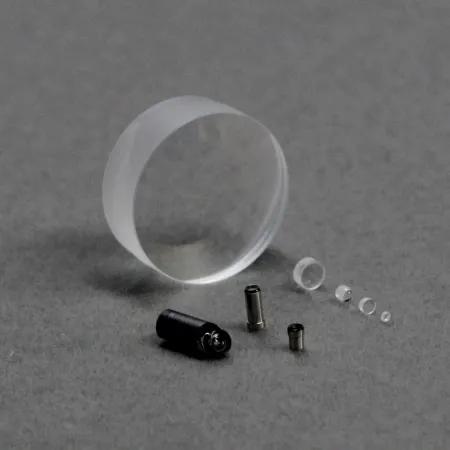Unlocking the Secrets of Dispersion Prisms: Exploring Their Functions and Applications
Are you curious about the fascinating world of dispersion prisms and their diverse applications? In this article, we'll delve into the functions, operational mechanisms, and wide-ranging uses of dispersion prisms across various fields, from scientific research to medical imaging and optical communications.

Understanding Dispersion Phenomenon
Before exploring the intricacies of dispersion prisms, let's first unravel the nature of dispersion phenomenon itself. Dispersion refers to the separation of white light into its constituent colors as it propagates through a medium. This phenomenon occurs due to the varying propagation speeds of different wavelengths, leading to the familiar spectrum of colors seen in rainbows and other everyday occurrences.
How Dispersion Prisms Work
Dispersion prisms harness the dispersion principle to separate white light into its spectral components. Typically crafted from materials with high refractive indices, such as glass or crystalline substances, dispersion prisms feature specific geometric shapes like triangles or trapezoids. When white light encounters a dispersion prism, differing refractive indices for various wavelengths within the prism cause them to refract at varying angles, resulting in the generation of a spectrum of colors.
Factors Influencing Dispersion Capability
Several factors influence the dispersion capability of dispersion prisms. These include the refractive index of the prism material, the prism's geometric shape, and the angle of incidence of light. Higher refractive indices, larger prism angles, and smaller incident angles tend to amplify the dispersion effect, producing more pronounced spectral separation. Additionally, dispersion prisms can be customized to achieve specific dispersion outcomes, such as isolating particular wavelengths or segmenting multiple bands within the spectrum.
Applications Across Various Fields
Dispersion prisms find extensive utility across diverse fields:
Scientific Research: In fields like spectral analysis and wavelength measurement, dispersion prisms enable researchers to decompose emitted spectra from substances, aiding in elemental analysis and identification.
Medical Imaging: Dispersion prisms play crucial roles in observing delicate structures during eye examinations, facilitating the diagnosis of various ocular conditions. They are also integral to enhancing image resolution and contrast in advanced medical imaging equipment like fluorescence and confocal microscopes.
Optical Communications: In optical communication systems, dispersion prisms are indispensable for wavelength selection and optical path switching. As optical communication technology advances, dispersion prisms provide essential support for efficient signal processing and transmission.
Conclusion
Dispersion prisms, with their ability to induce dispersion phenomena, are invaluable optical components across scientific research, medical imaging, optical communications, and beyond. As technological advancements continue, the refinement and expanded applications of dispersion prisms will drive further progress, contributing to the advancement of human society. Explore the world of dispersion prisms and unlock a realm of possibilities in light manipulation and spectral analysis.




Comments
Please Join Us to post.
0